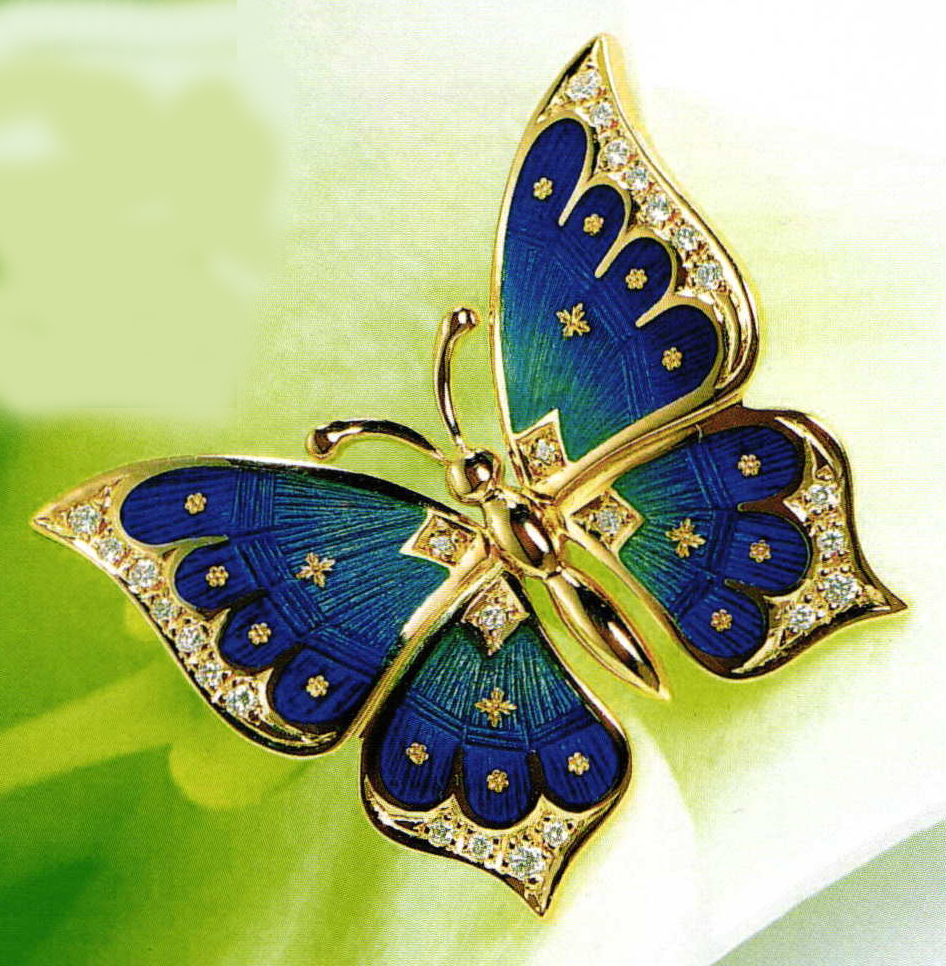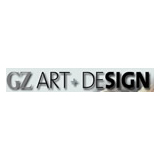Media Relations: Bridge to Potential Customers
7 Minute Read
If newspapers, magazines or even TV or radio stations ask jewelry designers for a press portfolio, many have no idea how to respond. In the belief that their work speaks for itself, many designers focus too little or not at all on how to convey their jewelry to potential customers.
What opportunities do jewelry designers have to use the media as a bridge in conveying a message to a wider audience? Is it possible to generate public interest and therefore to increase the demand for jewelry in general by publishing articles on jewelry products, designer portraits, studio reports or such like in various magazines?
The written word abides!
The written word abides - this simple statement is a concise definition of the benefits of public relations with the print media. It is a proven fact that readers will remember what has been printed once or better more than once in various magazines or newspapers, thus making a huge contribution to the recognition factor. The greater the degree of reporting, the more the jewelry manufacturers and their work will be in the light of the public eye, thus generating interest in the products among readers. Accordingly, jewelry designers should be concerned to develop a strategy for more presence in popular and/or special interest magazines. The objection that jewelry is not the subject of general interest is irrelevant as there are most certainly other niche topics about which the general public receives a constant stream of extensive articles or brief mentions.
Topics of public interest
An analysis examined 60 randomly selected, freely available magazines with regard to the presence of jewelry and watches. The evaluation yielded surprising results: even popular magazines that report on lifestyle topics such as fashion and society news have a surprising wealth of topics that do not focus explicitly on the actual core topics. General interest reports are even found in special interest magazines (generally for eccentric recreational activities). In general, there are approx. 30 different topics: politics, finances, media, stars and tattle form the basis for reports on accessories, while cosmetics and fashion suit wellness, sport and travel. Examples of interior design lead on to kitchen appliances, eating, health, psychology and parenthood.
Advert or article - an imbalance
The starting point of the analysis was to examine whether reports on jewelry and watches could be allocated to a greater extent to topical subjects such as accessories and fashion or more to areas of applied art. It became apparent that the topic of watches is almost exclusively present in advertisements, without receiving any remarkable editorial support. Jewelry references were also biased in favor of adverts in a ratio of 2/3, with editorial articles accounting for only one third. Neither jewelry nor watch reports had an assigned spot in any of the various categories.
An interesting fact is also that jewelry advertisements were sometimes placed in magazines that do not publish any reports on jewelry products or producers whatsoever. This is obviously due to the fact that the advertising firms believe they have discovered their own target group in the magazine's media data (media data list the reader groups, the advertising prizes, topic plans and such like for the individual magazines). An editorial connection to the advertised products in the form of background information or product details is not present. Would it not be possible to convince editors to some degree with regard to content? Would it not be relevant to have some background information if readers may possibly be interested in an advert? Conversely, it is important to remember that some editorial topics are never balanced by adverts from the industries in question. For example, there is a richly illustrated discussion of topics such as painting, sculpture and the whole spectrum of applied art. This is not true of contemporary jewelry, which is most certainly developed in small series or experimental unique pieces on a comparable level as the other disciplines.
Information is not everything, but everything is nothing without information
Inquiries in various editing offices on the lack of interesting reports on jewelry revealed that no or only very poor documents were available on this topic and that there would certainly be interest if the material were sufficient…! It appears pertinently that the editors do not receive sufficient press material or receive sub-standard materials on current jewelry design. However, a few simple and generally applicable laws of media relations must be observed in order to ensure that articles are published just as self-evidently as on architecture or music, for example:
Basic equipment for everyone
A press portfolio should be the basis material for any professional designer. It should be simple to put together and make available to the media. It should contain:
- a brief tabular CV of the designer (approx. 100 words)
- a brief and a long statement on the work and a simple explanation of the design concept (approx. 100 or approx. 300 words). These statements should be written in a matter of fact and non-nonsense style and should provide to understand details on who, how, what, why and for whom. If necessary they should also include prices
- various photographs of reproducible quality that show the jewelry when worn and when displayed. The jewelry should be in the foreground, especially in product photos, as backgrounds that draw attention to an exaggerated degree will simply prove to be a distraction from the main point
- a portrait photo of the designer, also in reproducible quality. Reproducible quality means that the pictures are slides, prints or high resolution digital images. Print-outs, already printed materials or invitation folders are unsuitable
The entire information material should be put together in a portfolio as a response to press inquiries in order to be sent out at short notice. Whenever necessary, these basic documents can be updated quickly or for special occasions. This allows designers to work actively with their information.
Naturally, a press portfolio of this kind is by no means a guarantee for extensive reporting. It is perfectly obvious that internationally operating magazines are difficult to convince, even with charming photos and witty texts. However, magazine editing offices with smaller print runs or regional and topical focuses most certainly have room for flexibility. Personal contact with editors can gradually built up a pool of press contacts, each of them acting as a stone in a bridge leading to the general public. The press mailing list should be maintained and updated consistently. It is used to send out mailings for exhibition dates, trade fair dates or new products, for example. In view of the fact that many magazines have their closing date 6 weeks before the next edition, mailings should be organized with sufficient notice, as the reports will otherwise be outdated.
New readers - new supporters
It is well worth trying to tap entire new sources within the media world in order to interest new readers of relevant specialist journals in modern jewelry design. It is important to conduct tropical research on the magazines, and the resulting magazines should be sent a press portfolio with tailor-made contents. For example, gardening magazines could be informed if inspiration for a jewelry collection comes from the forms or colors of nature. Photos or diagrams should illustrate the topic. In this way, readers of gardening magazines - predominantly women - receive an introduction to creative jewelry production and will therefore be more interested in this jewelry that already caters to their interest and attention than if the article had been a superficial trend report in a fashion magazine. If anyone is unwilling to invest the time in press research and media relations, there are numerous agencies that are willing to look after this work in regular intervals (2-3 times a year) at reasonable prices.
by Barbara Schmidt
You assume all responsibility and risk for the use of the safety resources available on or through this web page. The International Gem Society LLC does not assume any liability for the materials, information and opinions provided on, or available through, this web page. No advice or information provided by this website shall create any warranty. Reliance on such advice, information or the content of this web page is solely at your own risk, including without limitation any safety guidelines, resources or precautions, or any other information related to safety that may be available on or through this web page. The International Gem Society LLC disclaims any liability for injury, death or damages resulting from the use thereof.
The All-In-One Jewelry Making Solution At Your Fingertips
When you join the Ganoksin community, you get the tools you need to take your work to the next level.
Trusted Jewelry Making Information & Techniques
Sign up to receive the latest articles, techniques, and inspirations with our free newsletter.



